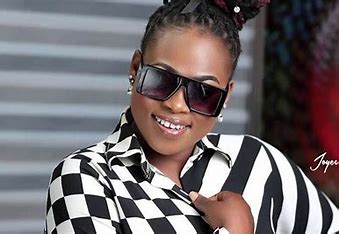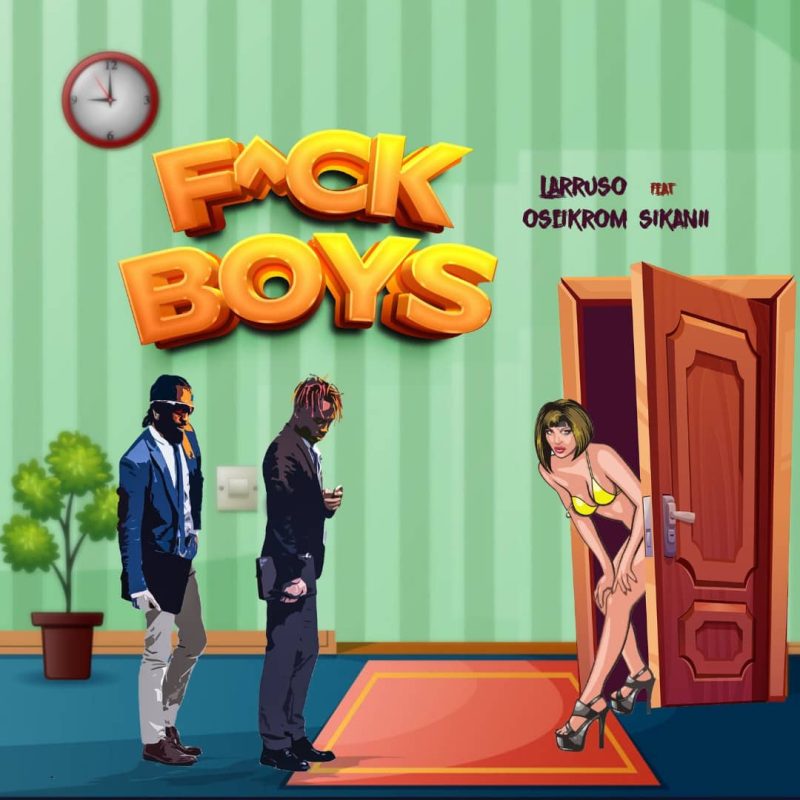Is Taylor Swift our last remaining real popstar?
Written by ABR on 28/11/2022
In late 2018, The New York Times ran a piece hailing the arrival of “pop 2.0”. Headlined by the likes of Drake, Ed Sheeran and Bad Bunny, the superstars connected to this more fluid approach to cultural dominance are more streaming-focused than their download and CD-flogging forebears, with their success built from the rubble of a once all-powerful monoculture. As audiences have splintered, aided by the sheer scale of the internet, and the inverse size of internet-saturated attention-spans, dominant, all-encompassing megastars like Madonna, Michael Jackson and Britney, aka 1.0, have started to feel like relics from another time.
Straddling both camps, however, and almost existing as pop’s sole example of what no one is calling pop 1.5, is Taylor Swift. (An argument can be made for Beyoncé and Rihanna, although the latter has mainly ignored music for half a decade, and the former can’t match Swift’s sales). A powerful, record-breaking streaming goliath that also still focuses on hiding Easter egg-style clues in increasingly passé things like music videos — Beyoncé and Drake rarely bother with them anymore — and who shifts a shopping mall-sized worth of actual physical product, Taylor has managed to be both at the peak of pop’s current curve while also behaving like a throwback to less fractured times. But how?
The last few weeks have felt particularly Swiftian. In October, all 20 of the songs on her tenth album, Midnights, charted in America, with half of them clogging up the entirety of Billboard Hot 100’s top 10, while the album itself sold 2.5m in her home country in its first month. Spotify, the streaming service Taylor once held her catalogue back from in protest at streaming’s low rate of pay, even sent out polite reminders to any fans who had yet to finish listening all the way through. The news agenda has also been bending to her will, with her US Eras tour hitting the headlines after unprecedented demand overwhelmed Ticketmaster’s rickety website — leading the US Department of Justice to open an investigation into the company’s monopoly on ticket selling. In a relatively angry (for Taylor) statement posted on her Instagram stories, she said she was pissed off, stating that she had previously been assured Ticketmaster could “handle this kind of demand”. (In the end, over 2m tickets were still sold).
Perhaps the most telling part of her Instagram statement, however, came in its opening paragraph, with Taylor reaffirming how she was “extremely protective” of her fans. “We’ve been doing this for decades together.” This sense of community, fostered since she started way back in 2006, is a key part of her enduring success. Fans are made to feel special, that they’re part of the bigger picture, and that their hurt is mirrored by Taylor’s, who often speaks to them directly via Instagram or Tumblr. At a time when it can feel hard to be heard over the constant hum of online chatter, Taylor seems to be able to take the temperature of her fans and what they need from her. Even the title of her tour is a celebration of an antiquated idea, with most pop artists ditching defined eras in favour of free-flowing careers and drip-fed single releases or surprise drops. Tellingly, when Taylor did dabble in a modern release strategy with 2020’s double whammy of woods-based alt-pop opuses, Folklore and Evermore, they still felt like tightly contained eras, complete with character reinvention. When Midnights saw her head back towards the electronic pop of 2014’s 1989, there was an immediate in-built narrative to separate it from its forebears.
World-building is also important to Taylor. On 2017’s snarling, Reputation, she explored the darker side of her identity, surrounding herself with images of snakes and suggestions of killing off the old Taylor. This, in turn, alchemised tabloid frenzy into entertainment, which itself feels very Madonna and Michael Jackson in the 80s. Two years later, on Lover, Taylor switched to pastel hues, candy floss and much brighter, shinier pop. These artistic progressions — things that perhaps no one could accuse, say, Drake of — are what have kept fans guessing. Also, well-constructed pop worlds are immersive places to lose oneself.
Midnights’s conceptual framework — tactile, inward-looking songs with a focus on self-excavation — also feels ripe for 2022. While Folklore and Evermore often told fictional stories, Midnights found Swift weaving lyrical narratives that tied together both her gift for dissecting complex emotions and delivering pin-sharp takedowns. For her fans, even given her penchant for sonic shuffling, her lyrical prowess — now ripe for dissection via Twitter, pop forums and extended think pieces — remains a reliable constant. Having established herself as a songwriter from the very start, over time, Taylor’s also become the poster girl for pop’s shift into credibility, with fans, critics and just about everyone on Twitter turning on Damon Albarn after he questioned her songwriting abilities earlier this year.
Subscribe to i-D NEWSFLASH. A weekly newsletter delivered to your inbox on Fridays.
In 2022, big, proper superstars also need to stand for something. Or be seen to, at the very least. Vague proclamations no longer cut it. After being criticised in 2016 for not revealing her political values in the face of Donald Trump, two years later, Taylor publicly endorsed Democratic Tennessee candidate Phil Bredesen in the November 2018 senate race. Her plea to her fans to get out and vote led to a spike in voting registration. Where previously, Taylor’s feminist credentials often seemed to involve surrounding herself with famous female friends (see the viral ‘please welcome to the stage…’ video) or were mocked as girlboss posturing, in recent years, Taylor’s actions have hit harder. After her back catalogue was sold without her consent to (former Kanye West) manager Scooter Braun in 2019, she announced plans to re-record her first six albums. In an emotional Tumblr post, Taylor referred to Scooter’s “incessant, manipulative bullying” and called out the men now profiting from her catalogue “who had no part in creating it.”
Mixing both old-school pop moves (expensive marketing blitz, select TV promo, only cropping up at boring award events to steal the show) with hyper-modern manoeuvres, Taylor has comfortably settled into her own lane. Growing with her audience, she always feels tapped into what they’re also going through, be it from a superstar’s distance. But there are still surprises. While other popstars front-load their album campaigns with pre-release singles to appease streaming platforms, Taylor chose not to release any music ahead of Midnights, cementing its release as a proper newsworthy event. Once again, it harnessed this sense of pop communion from its very own high priestess.



 ABR Group
ABR Group